What Is That Smell From My Fireplace?
When relaxing in front of your fireplace, the last thing you want to have to happen is to get a whiff of a nasty smell. However, from time to time all homeowners will encounter an unexplained odor emanating from their fireboxes. So, what is the cause of that smell coming from your fireplace exactly? Here are the six most common answers to that question.
Call Us at 877-959-3534 for Chimney Service
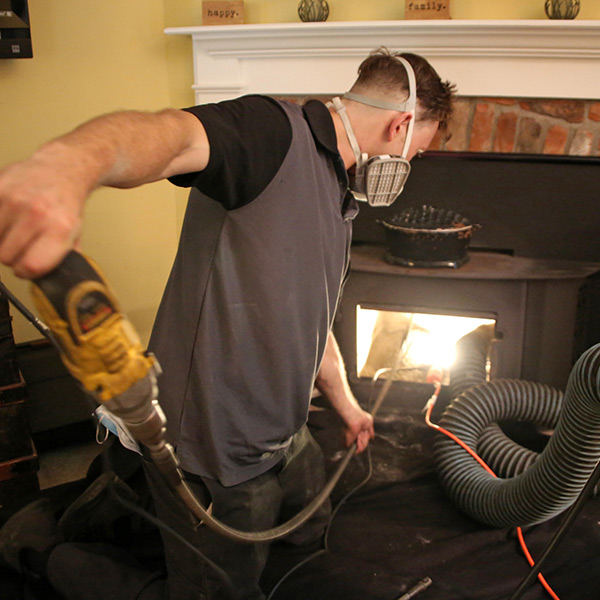 Creosote buildup
Creosote buildup
One of the benefits of an annual sweep and inspection by a Northeastern Chimney technician is that, during their visit, our team members will remove any creosote buildup within your flue. This sticky, tar-like substance can be quite smelly, especially when mixed with winter rain or snow.
An unintended side effect of efficient homes: negative air pressure
You want your home to be sealed so that your energy usage is as low as possible. However, this could have an unintended side effect, that being negative air pressure. Essentially, this creates a vacuum that pulls air down through your flue and into your home. This can cause odors from your neighborhood to make their way into your home.
Leaving a window or two slightly cracked when burning a fire in your fireplace, as well as closing your damper when it’s not in use, can help mitigate this issue.
Call Us at 877-959-3534 for Chimney Service
Birds or other rodents
If your cap is missing or broken, birds and other critters can make their way into your chimney. There, they build nests or can get stuck. As time goes on, this can lead to a very smelly situation, especially with droppings and other waste. A smell like something is rotten is a strong indication you’re dealing with this type of problem.
Leaves or other debris
Have you ever cleaned leaves out of a gutter? We’d imagine you just said “Yes” to yourself. Likewise, have you ever cleaned decomposed leaves out of your gutters? In either case, leaves and other debris can have a unique odor. And again, if your cap is missing, this can be another reason for an unpleasant smell to be coming from your fireplace.
Mold and mildew from moisture
Mold and mildew have a very distinct smell. If there are structural issues with your chimney, ranging from missing bricks to a damaged crown, it can lead to moisture buildup. In turn, beyond the physical damage to your chimney, water can also lead to health concerns in the form of mold and mildew growth.
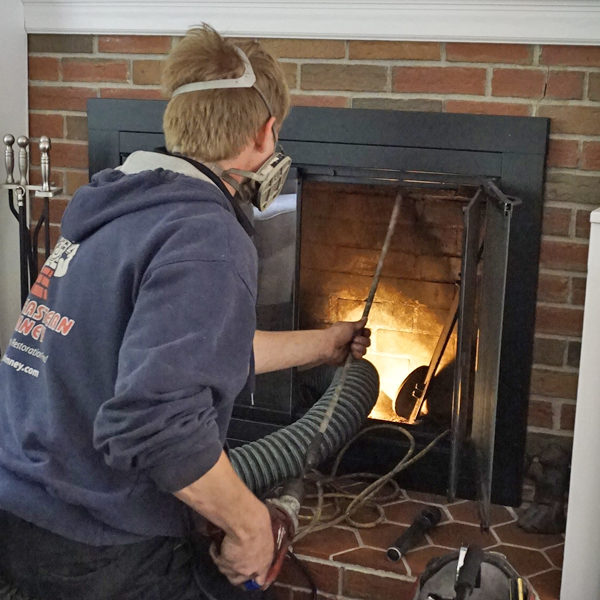 Ash
Ash
The final thing you may be smelling from your chimney is ash. Ash should be removed weekly, but if left in place, can start to turn into a smell situation.
How to get rid of that smell coming from your fireplace!
Whenever there is a smell coming from your fireplace, you will want to schedule an inspection with our team right away. It may be overdue for a sweep and cleaning, or there may be an issue that’s popped up recently with your chimney. If left to fester, it may lead to larger problems down the road.
This post first appeared on https://www.mychimney.com
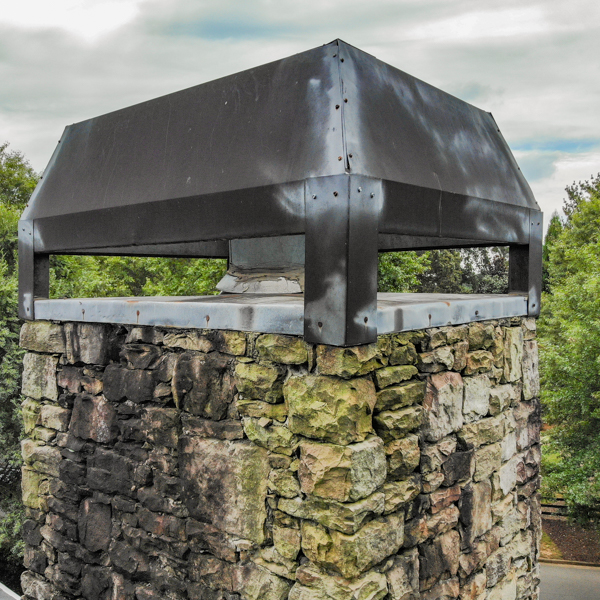 Green Stains
Green Stains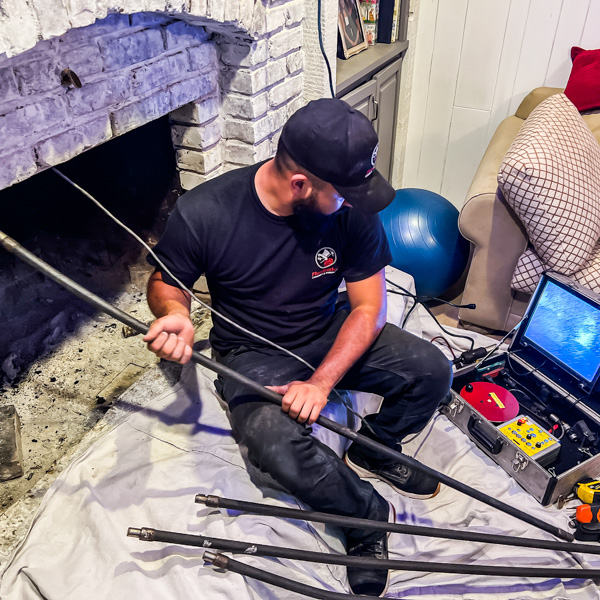 Besides scheduling a chimney inspection, it’s wise to invest in a waterproofing product since many stains are caused by moisture. Waterproofing prevents many moisture-related stains and extends the lifespan of your chimney.
Besides scheduling a chimney inspection, it’s wise to invest in a waterproofing product since many stains are caused by moisture. Waterproofing prevents many moisture-related stains and extends the lifespan of your chimney.

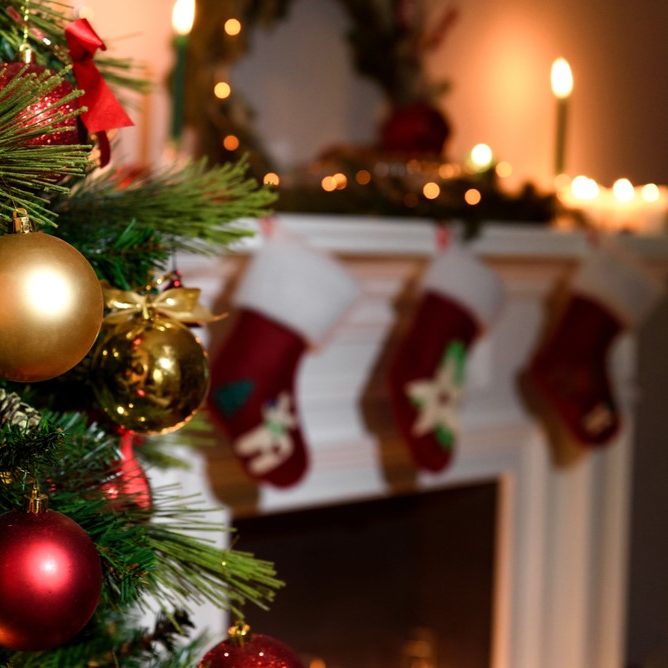
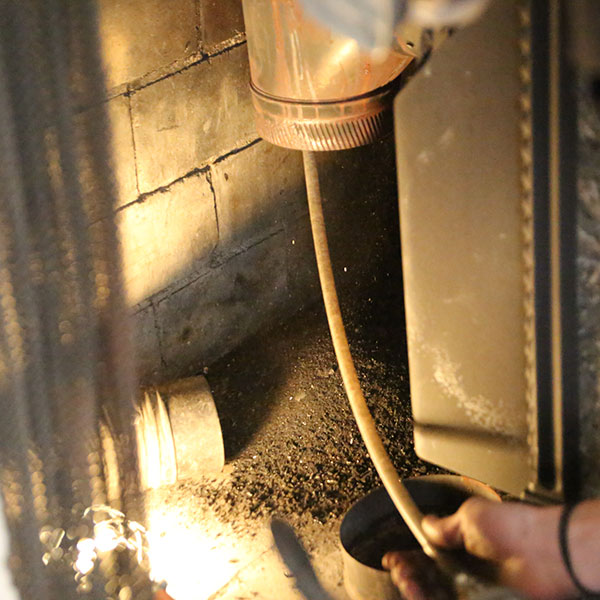 Ring in the holidays with fireplace safety
Ring in the holidays with fireplace safety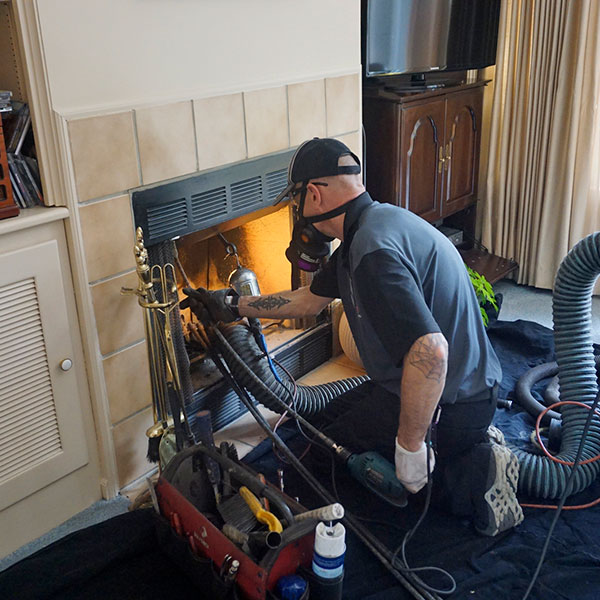 If your chimney is full of soot and debris, you might be looking for an easy and fast way to clean it.
If your chimney is full of soot and debris, you might be looking for an easy and fast way to clean it.  Additionally, cleaning logs are not a viable substitute for a professional cleaning.
Additionally, cleaning logs are not a viable substitute for a professional cleaning. 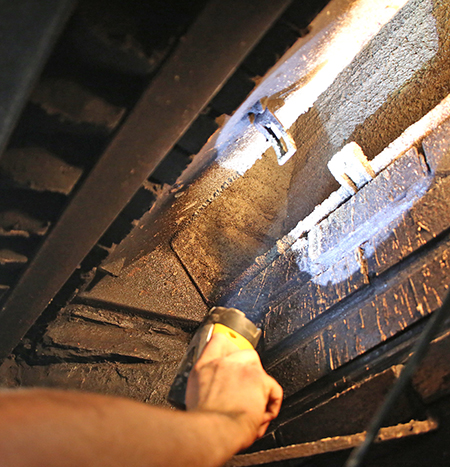 The purpose of a damper
The purpose of a damper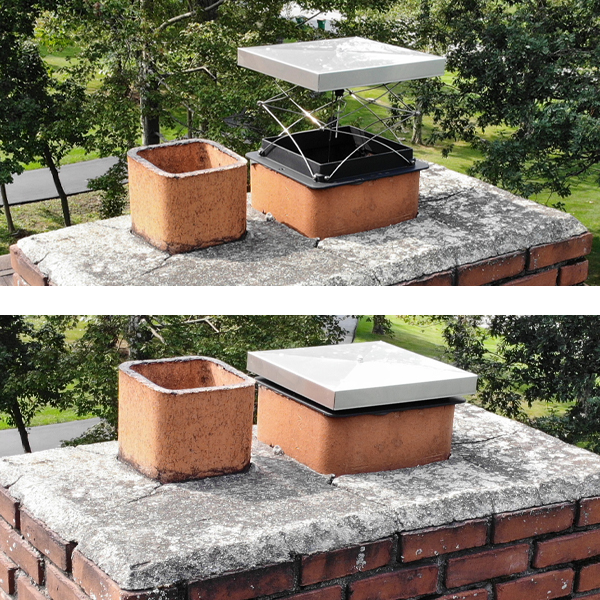
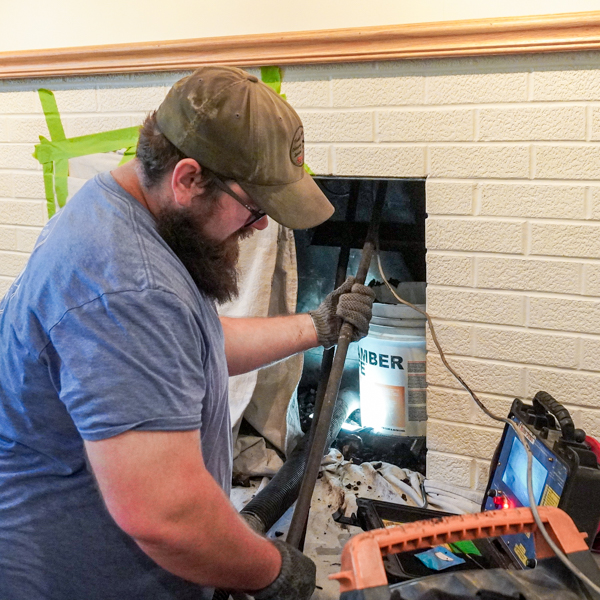 Tip 1: Have your chimney inspected
Tip 1: Have your chimney inspected Tip 4: Waterproof your chimney
Tip 4: Waterproof your chimney